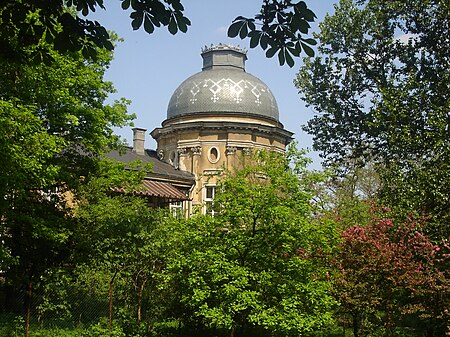Bieżanów-Prokocim
Districts of KrakówPages with non-numeric formatnum argumentsPoland geography stubs

Bieżanów-Prokocim is one of 18 districts of Kraków, located in the southeast part of the city. The name Bieżanów-Prokocim comes from two villages that are now parts of the district. According to the Central Statistical Office data, the district's area is 18.47 square kilometres (7.13 square miles) and 63 029 people inhabit Bieżanów-Prokocim at the density of 3413 people per square kilometre (8840 people per square mile).
Excerpt from the Wikipedia article Bieżanów-Prokocim (License: CC BY-SA 3.0, Authors, Images).Bieżanów-Prokocim
Geographical coordinates (GPS) Nearby PlacesShow on map
Geographical coordinates (GPS)
| Latitude | Longitude |
|---|---|
| N 50.016327777778 ° | E 20.031161111111 ° |






